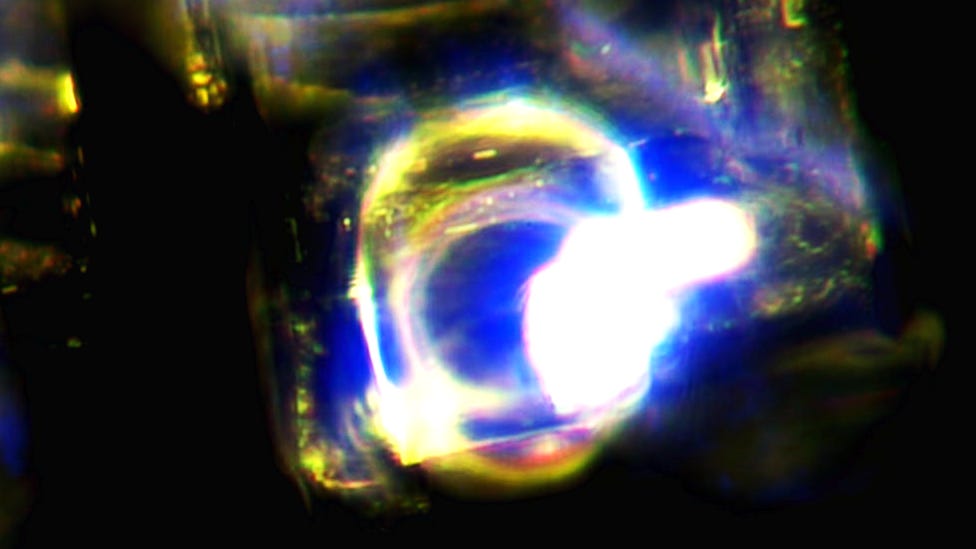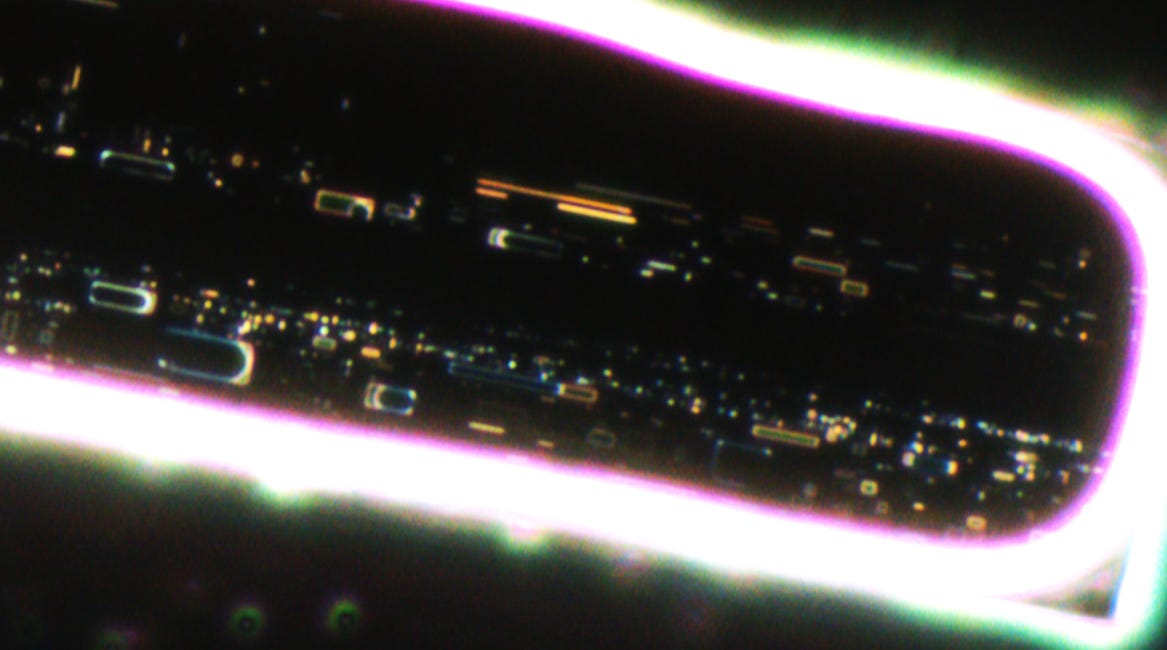Claims by La Quinta Columna require further consideration
I ask my colleagues and subscribers to take a closer look at this video and if you have endorsed this claim by La Quinta Columna please reconsider!
There are a number of unsubstantiated claims with regard to the rectangular structures shown:
-
They contain nanotechnology.
-
They are solid
-
They are being destroyed by nicotine
For over two years I have been working full-time examining medications microscopically mainly Pfizer Comirnaty and dental anaesthetics. This has predominantly been using darkfield microscopy but also bright field and more recently phase contrast, overhead lighting, polarised light, ultraviolet light, coloured filters, various dyes and the altering of physical conditions to slow the rate of evaporation.
I have looked at 16 different brands of dental anaesthetic from 9 different companies and I have hundreds of hours of video of crystals forming and dissolving. All of them exhibit complex crystals with characteristics similar to Pfizer Comirnaty.
My experience would strongly suggest that these particular crystals are from Pfizer Comirnaty and NOT a dental anaesthetic and would ask LQC to provide more details of the sample used in the video.
My assessment of the situation would be:
-
They contain colloidal molecules (which may comprise nanoparticles, hydrogel, minerals, proteins and probably graphene) and liquid droplet technology.
-
They are liquid crystals and they can be seen to change and generally become more geometric and complex over time.
Here is an example of a pair of crystals changing over approximately 4 months:

-
The crystals are being dissolved by the water/tobacco mixture.
In my experience the crystals may well reform within hours dependent on how much mixture was added.
-
The crystals could also be easily dissolved by adding more anaesthetic or other liquid.
I have previously shown that the crystals can be dissolved by outside influence without direct contact although the nature of this influence is unclear however it does demonstrate that the crystals can reform. (I will write more on this soon but this is not a debate about potential therapeutics!)
I have an edited video and the original file on my website both are now downloadable. Please acknowledge source if shared.
When the influence is present the crystal shrinks, when it is absent the crystal reforms in a different shape. When the influence recurs (and stays present) the crystal dissolves.
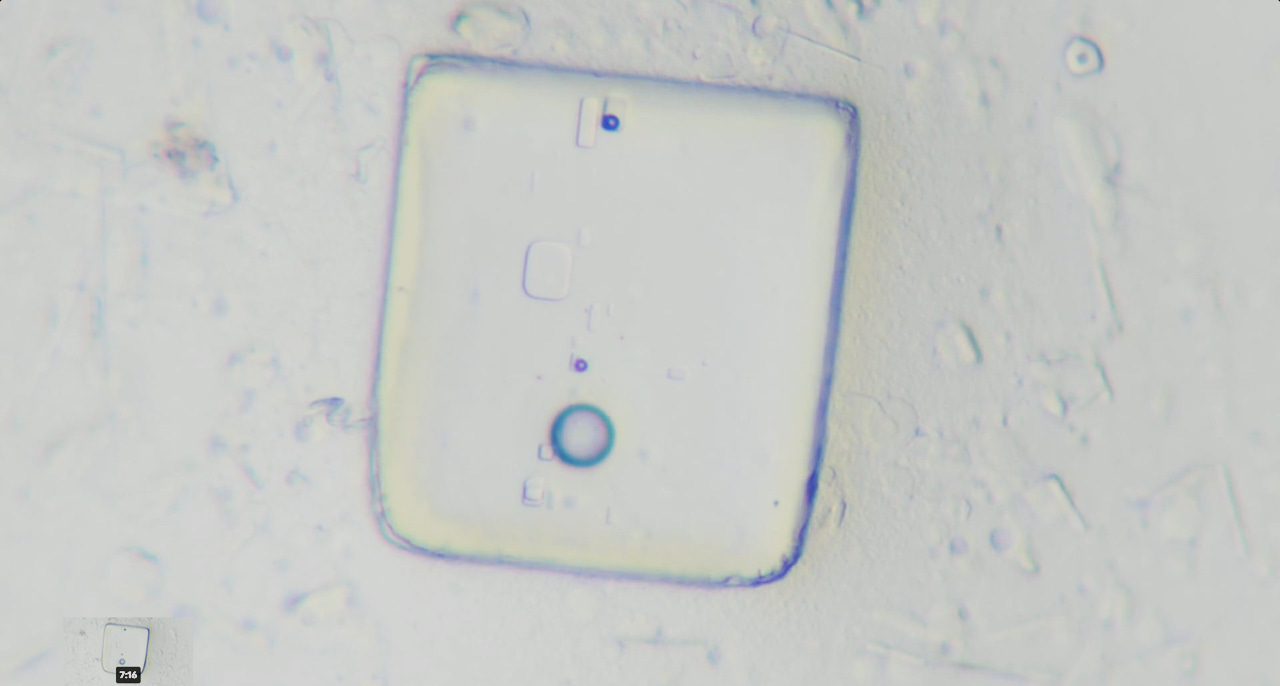
The structures shown by LQC are MUCH more consistent with crystals that have formed from Pfizer Comirnaty. They do share similarity with dental anaesthetic but they are clearly different.
Both of these images are linked to discussions of the samples in which they featured.
Pfizer Comirnaty Crystal in dark field.
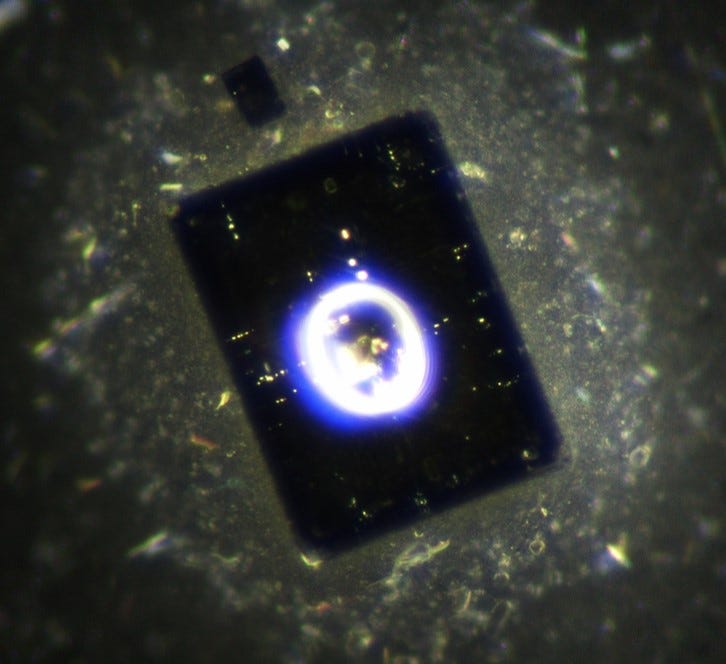
Dental anaesthetic crystal courtesy of Septodont, dark field.
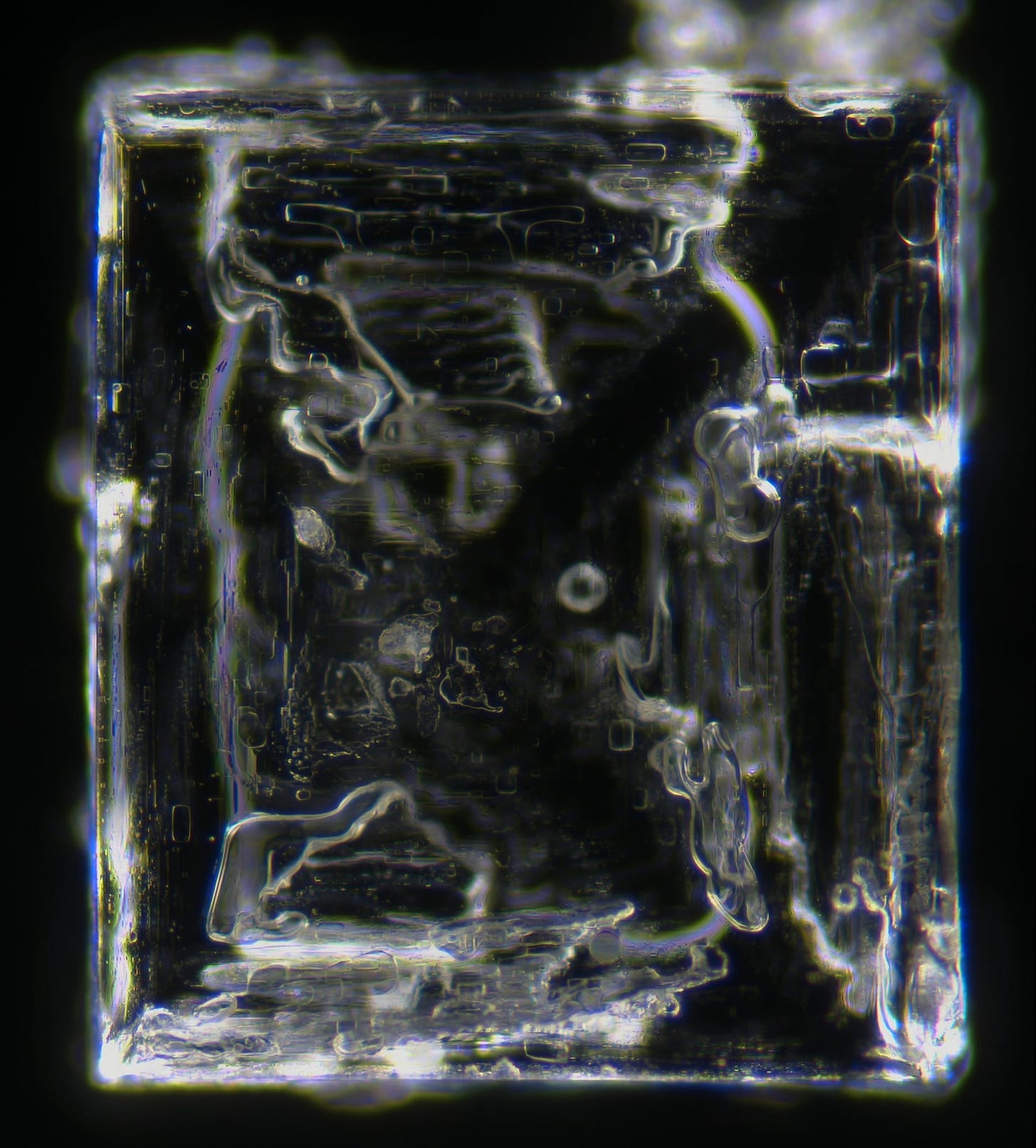
Here is a discussion I had with Mat Taylor and Shimon Yanowitz where we discuss structures that have formed in a sample of Comirnaty including one of my most enduring bright field images:
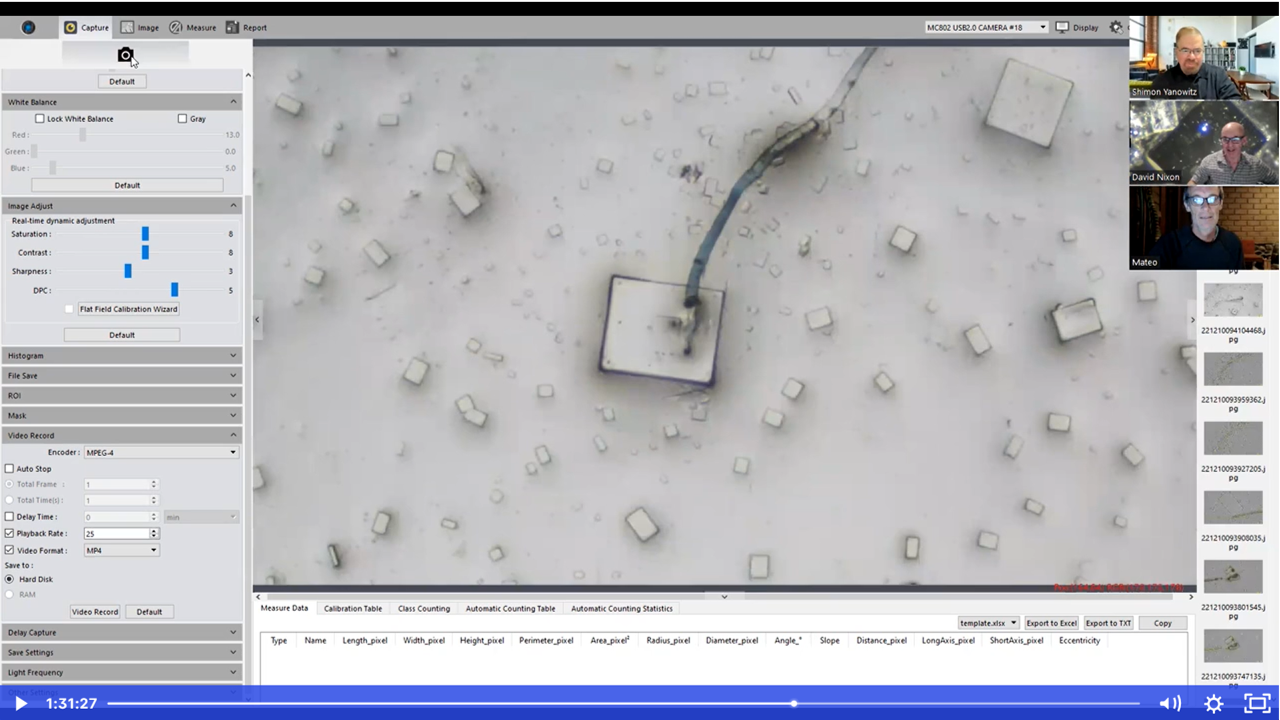
This is a later discussion from May 2023 with Mat and Shimon where we are discussing Mat’s bright field images of crystal structures from dental anaesthetic.
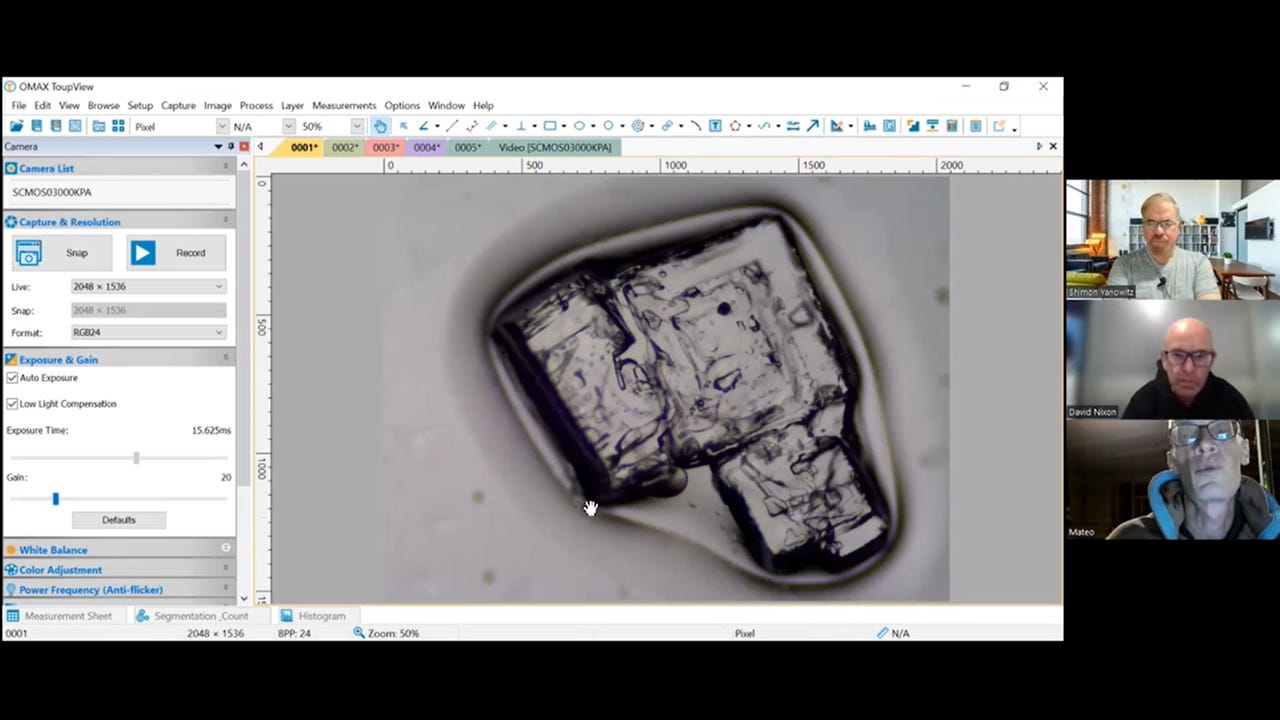
The technical term of the complex chemistry involved when a drop dries is sessile droplet evaporation. Please see a video that Karl C and I did earlier this year were we discuss this and other processes.
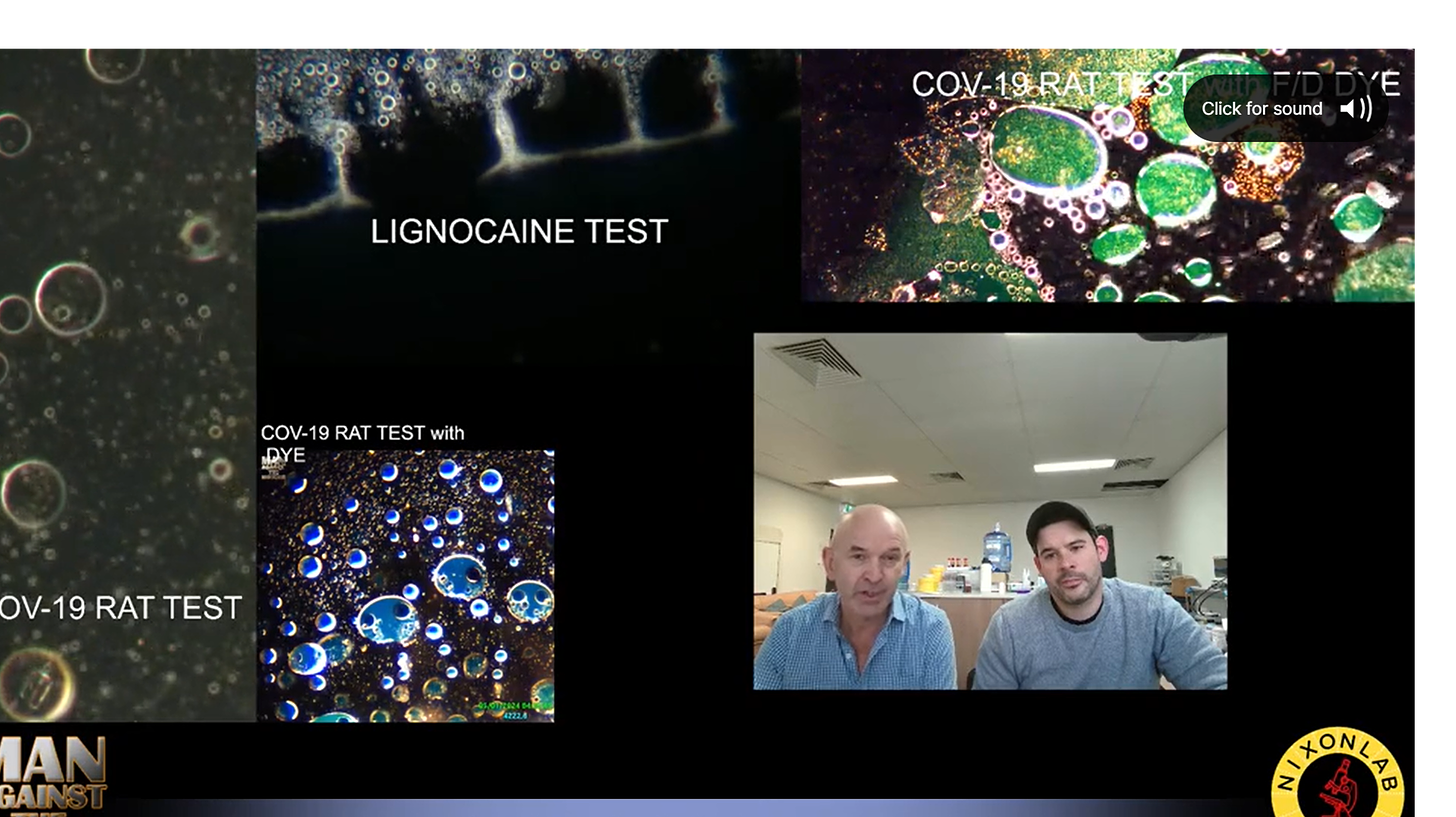
The chemistry that is apparent when a drop of dental anaesthetic dries is stunning in dark field. I have discussed this at length and have several videos on my website:
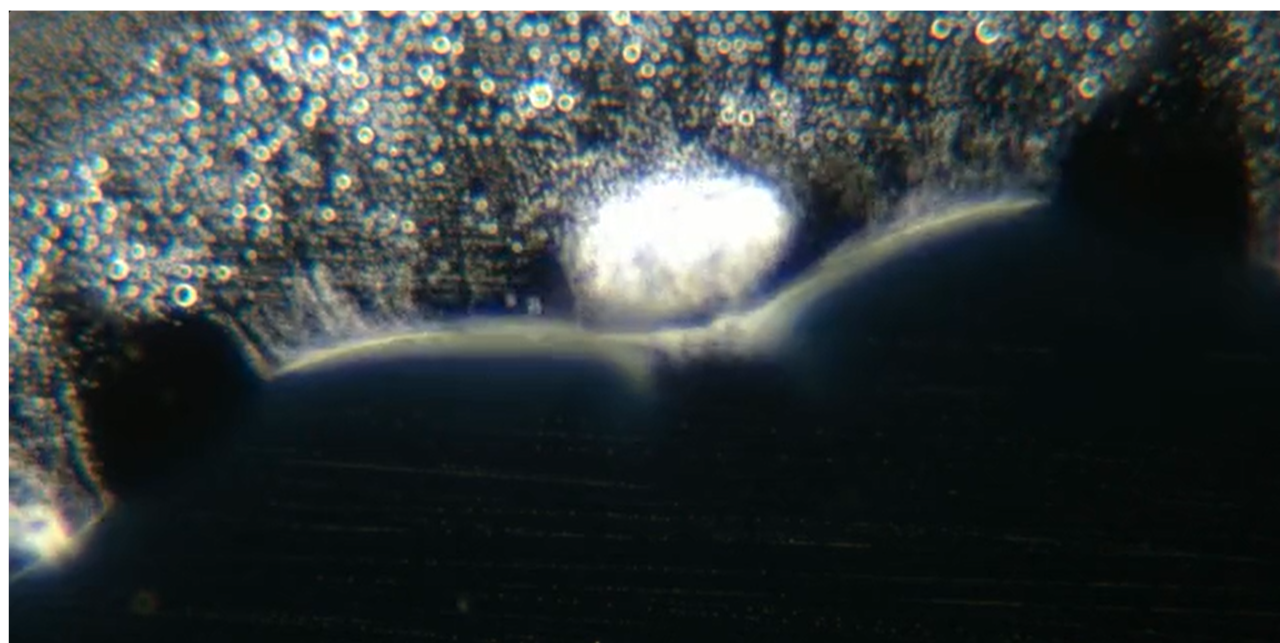
I have summarised my posts on dental anaesthetic on page 2 of this recent post:
Compounded Dental Anaesthetic
Recently I was sent a sample of 2% lignocaine in saline which had been put together by a pharmacist experienced in preparing medications from their constituent ingredients. The hope was that in doing so we could obtain a local anaesthetic that did not display the characteristic signs of complex chemistry and technology.
That list excludes the post below however it deserves to be singled out as it shows spectacular self-assembly from Citanest dental anaesthetic under a coverslip (photos by Louise C):
New breath-taking pictures of nanotechnology in dental anaesthetic
Over the last month it has been an absolute pleasure to look at nanotechnology through Louise’s microscope. On the 24th June Louise dropped a small sample of Citanest dental anaesthetic on a slide and placed a coverslip on top. At my suggestion she re-visited that slide after a month and the findings were impressive.
According to a review article that appeared in Nature Communication in October 2023 by Lathia et al:
The use of droplets has rapidly progressed for a wide range of applications such as microreactors1,2, biochemical assays3, sensors4,5, optofluidic resonators6, and crystal growth7,8. However, such applications commonly suffer from problems such as contamination, substrate dependence , and rapid evaporation9,10. Higher evaporation and contamination of the droplets significantly affect the cell viability in bioreactors11, reliability of chemical reactions12, quality of crystal produced13, and stability of droplet sensors”.
https://www.nature.com/articles/s41467-023-41977-1
My experimentation has led me to add different density oils at certain stages in the crystal formation that has led to slower evaporation and improved quality of crystals (as evidenced by increased complexity and the reduced number of crystals).
for 5MB image to download please click on image below:
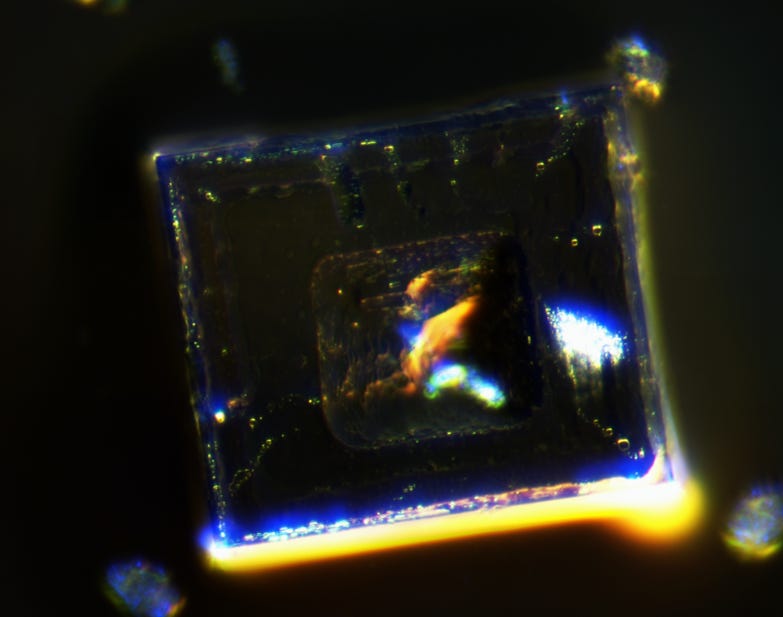
The role of NaCl is currently unclear but may involve both physical and chemical interaction with NaCl acting as both scaffold and substrate.
The defects within a crystal can also be utilised for self-assembly as articulated here by Prof. Stephan Herminghas, Director and Scientific Member at the Max Planck Institute for Dynamics and Self-Organization:
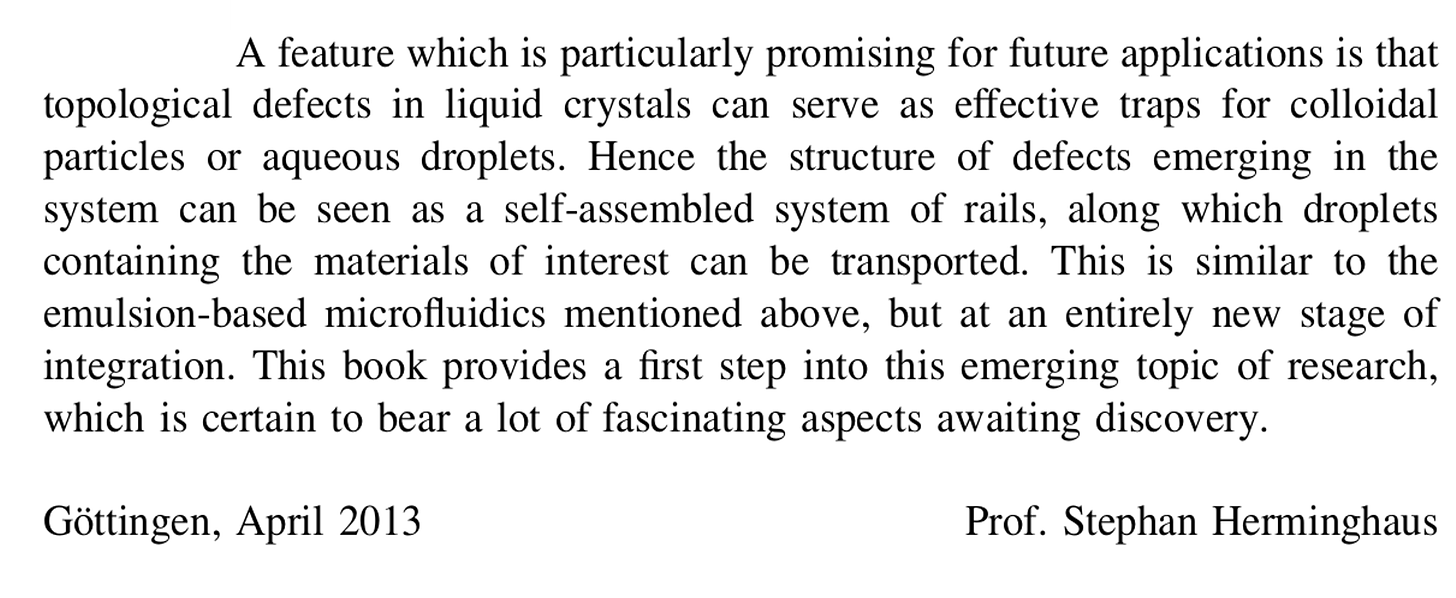
Conclusion
In summary then, this recent LQC video misses the mark: it does not recognise the complexity of the technological processes that are present and it promises a golden bullet when there isn’t one. Nicotine is important. But the details, as far as I am aware, are yet to be worked out and this approach does not help.
I have reached out to LQC on twitter and hope to share observations and strategies with them. Co-operation is our only option.
Please share this post widely so that we debate this.
Best wishes for the coming week
David





